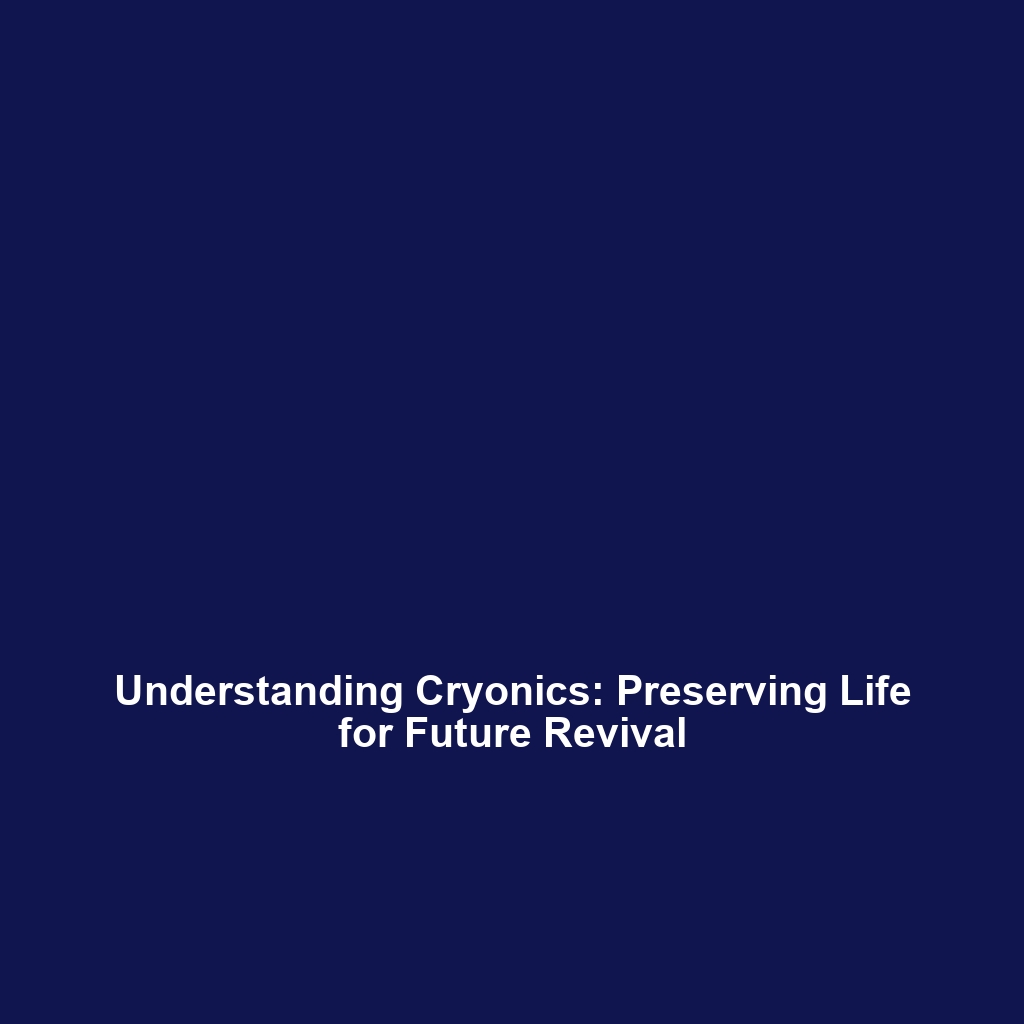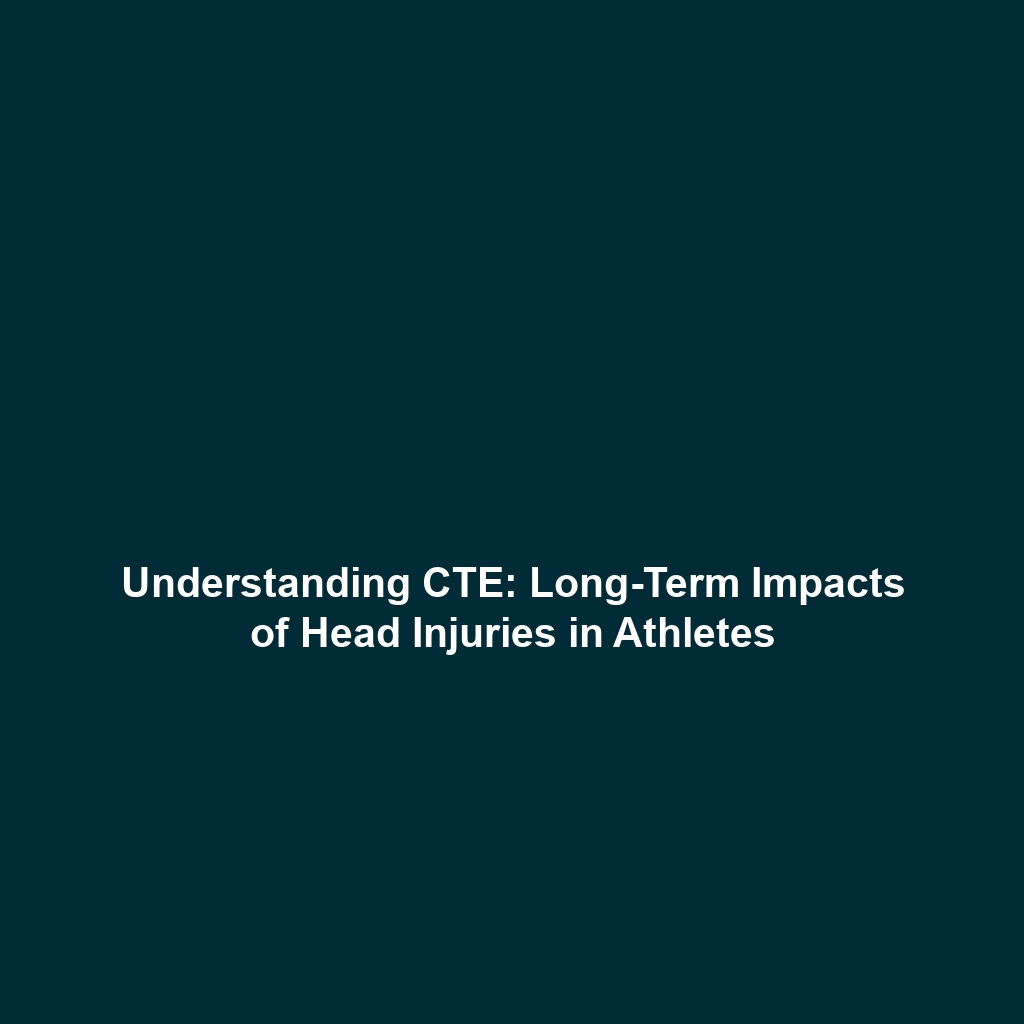Understanding the Definition of Death in Cryonics
The definition of death is a critical aspect of the field of cryonics and life extension. This article explores the preservation of cryonics patients after “legal death,” which occurs when the heart and lungs cease functioning, yet before brain death takes place. Understanding this nuanced definition is essential for comprehending the potential of cryonics in extending human life and improving future medical practices.
Key Concepts in Cryonics and Death Definition
Within the domain of cryonics and life extension, a few fundamental concepts emerge:
- Legal Death vs. Biological Death: Legal death is determined by the cessation of cardiac and respiratory functions, while biological death, particularly brain death, signifies irreversible loss of brain function.
- Cryopreservation: The process of cooling and storing cryonics patients in a state of suspended animation after legal death, in hopes of future revival.
- Ischemic Injury: Damage caused to tissues due to lack of blood flow, which can occur after legal death before preservation is achieved.
Applications and Real-World Uses
The preservation of cryonics patients after legal death has practical applications in the field of cryonics and life extension. Key applications include:
- Preservation of Vital Organs: Organs can be preserved for future transplantation, with advanced techniques minimizing damage.
- Research Opportunities: Cryonics offers a unique perspective for researching cellular preservation and revivification methods.
- Legal Frameworks: Developing legal policies surrounding the definition of death can influence the ethical and practical aspects of cryonics.
Current Challenges in Cryonics
Despite its potential, there are several challenges associated with the definition of death in the context of cryonics:
- Public Perception: Misunderstandings about cryonics and what constitutes death can hinder acceptance.
- Legal Issues: Variations in legal definitions of death across jurisdictions complicate the practice of cryonics.
- Technological Limitations: Current cryopreservation methods may not effectively prevent ischemic injury to brain tissues.
Future Research and Innovations
Innovations in the definition of death and cryonics are on the horizon, with potential breakthroughs including:
- Advanced Cryopreservation Techniques: Emerging technologies that reduce cellular damage during the freezing process.
- Neuroprotective Strategies: Research aimed at protecting brain tissues during the time between legal death and preservation.
- Legal Revisions: Efforts to standardize definitions of death internationally, aiding the field of cryonics.
Conclusion
The definition of death plays a crucial role in the practice of cryonics. The preservation of cryonics patients after legal death opens new avenues for understanding life extension and medical revival possibilities. As research progresses, it is essential to keep abreast of developments in this field.
If you’re interested in learning more about cryonics and its implications for the future of life extension, consider exploring our related topics and staying updated with our latest research.

